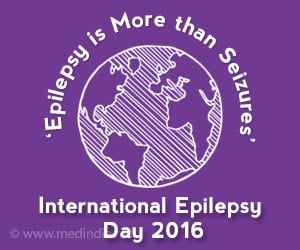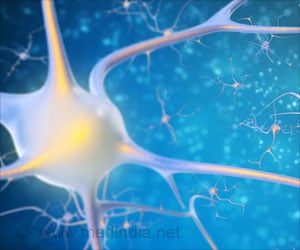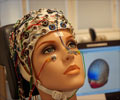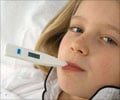Retigabine reduces excitability by enhancing the resting potential open state stability of KV7.2/KV7.3 channels.

‘New insights into Retigabine, a pharmacological treatment for epilepsy, have been provided by researchers.’





The heteromeric neuronal KV7.2/KV7.3 channel is the assembly of KV7 subunits most commonly found in the central nervous system. Mutations that detrimentally affect the function of neuronal KV7 channels cause hyperexcitability syndromes such as benign familial neonatal seizures, early onset epileptic encephalopathy, and peripheral nerve hyperexcitability. Pharmacotherapeutic approaches using drugs such as Retigabine have therefore been implemented to boost the activity of KV7 channels. However, detailed understanding of the molecular basis for the role of neuronal KV7 channels in hyperexcitability syndromes has been lacking.
In their study using Xenopus laevis oocytes, Aaron Corbin-Leftwich, an undergraduate student at Virginia Commonwealth University, School of Medicine in Richmond, VA, under Carlos A. Villalba-Galea, assistant professor in the Department of Physiology and Biophysics, and colleagues found that Retigabine reduces excitability by enhancing the resting potential open state stability of KV7.2/KV7.3 channels. The stabilization of the channels that are already opened at neuronal resting potential levels is the clinically relevant effect of the anticonvulsant.
The authors noted, "Retigabine binds to KV7 proteins, causing them to stay open for longer. This allows for a larger flow of potassium ions that are leaving the neuron. This increases the magnitude of the stimulation required to excite neurons, decreasing the chance of spontaneous activity, and reducing unwanted electrical signals."
These findings may help in further refinement of the available pharmacotherapy for KV7-related encephalopathies, as well as for the design of new ones.
Advertisement















